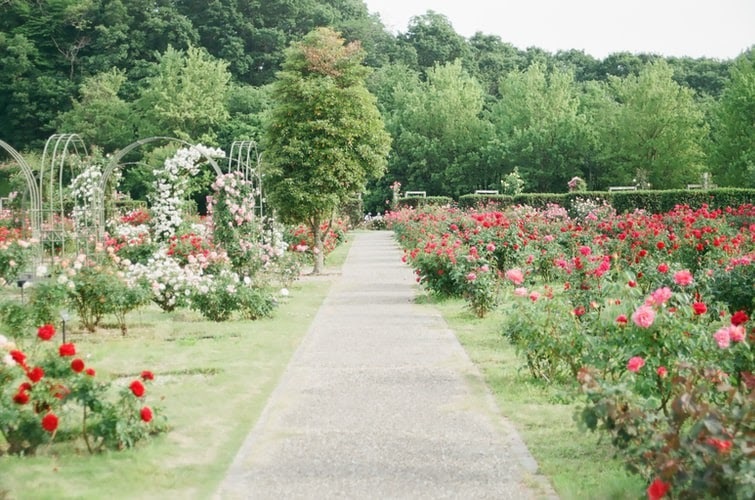It doesn’t matter if your yard needs a complete refresh or just a few new plantings; landscaping for your home can be a tough challenge to tackle. Of course, you could always employ a professional landscape designer, but for many house owners paying thousands of dollars to hire a proven designer is just out of their price range.
So, if you decide that you’re going to (re)design your yard on your own, there are many considerations to figure out before you start bringing in the products and equipment needed to begin and finish the entire project. For example, what kind of new plants do you want to include in your yard, and where should they go? Should paths and bed lines curve or run in a straight direction? What about yard accessories like planters, benches, and birdhouses?
Keep in mind that it would help to think of your yard as a room inside your house because many of the identical principles that guide your room setup within can help you navigate your designs for your yard, as well. To make things easier for you, here are four landscaping design tips that will undoubtedly help you get your project off to a great start.
Carefully Plan Your Budget
Budgeting is a frequently overlooked part of the entire landscaping process, both before and after the actual work in the yard has begun. So, if you want to be proud and content with the final product, make sure that you know how much you want to spend upfront, what the budget will be spent on and how much landscaping costs are there. As with anything else in life, you’ll get what you pay for. If you expect $15,000 worth of landscaping but only want to spend $5,000, you should find more money or pare down your plan.
Also, make sure that you’re writing down all costs associated with redesigning your yard, not just the obvious ones like the money needed for new plants, benches, and accessories. Redesigning your yard is much more than planting fresh flowers into the soil, as you’ll probably need some commercial landscaping equipment like ground protection matting early in the process to shield your good-looking grass from being ruined by heavy machinery or else. Whatever your budget is, keep in mind that it never pays off to cut corners and get things partially done.

Proper Soil Preparation Can Make All The Difference
Before you start planting, it’s imperative to prepare your soil as it can be the difference between your whole yard thriving or dying. Besides, preparing the ground in your yard on time will give you additional time to explore garden landscape ideas. And while soil preparation is hard work, it’s so worth it!
Primarily, ensure that your yard has a sound drainage system and that your soil isn’t compacted. For example, you’ll need to have at least 100 mm of quality topsoil if you’re turfing. Additionally, for your flowers and plants, you’ll need to add proper compost and soil nutrients.
Select The Right Plants For Your Yard’s Conditions
Besides planning your budget and preparing the soil of your yard upfront, you also need to ensure that you’ll select plants for your redesigned yard that will do well in your conditions, rather than selecting ones that you like but aren’t suitable. Choosing to grow plants that aren’t suitable for your yard’s conditions can be a total waste of money in the long run.
There’s only so much you can do with some soils, so it’s a must to acknowledge this initially. For instance, if you live in an area where natives thrive, go for natives. Your yard will reach a mature stage more quickly and look healthier, rather than struggling and sad.

The Follow Up Phase Is Essential
Once planted, there’s always an establishment stage for plants and hardscapes alike. During this period, pay close attention to the watering requirements of all new plantings inside your redesigned yard. Also, understand your plants’ year-round needs like fertilization, pruning, winter appearance, and more. Besides, new irrigation systems need to be closely monitored for coverage and leaks. Finally, pavers, decks, retaining walls, and other hardscape components should be visually inspected for damages and defects several times in the first year following installation.
In Conclusion
Even though creating a new landscape may be challenging at times, keep in mind that it rewards in many ways. Following good planning, flawless execution, and follow-up practices ensure that you’ll pay a fair price for a landscape that does precisely what you need it to do and that it will remain functional and healthy for many, many years.






